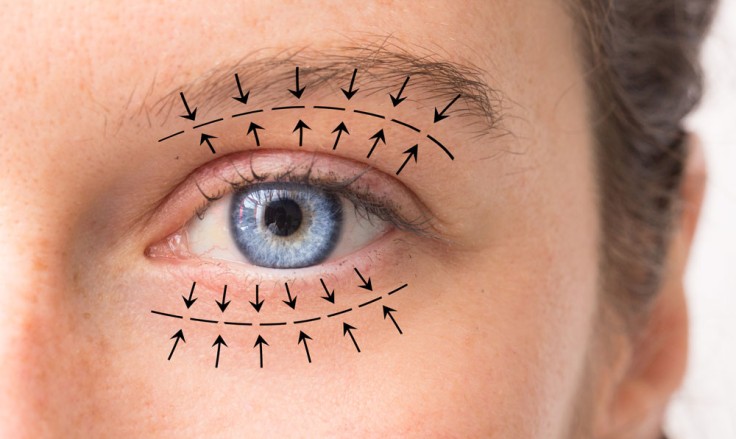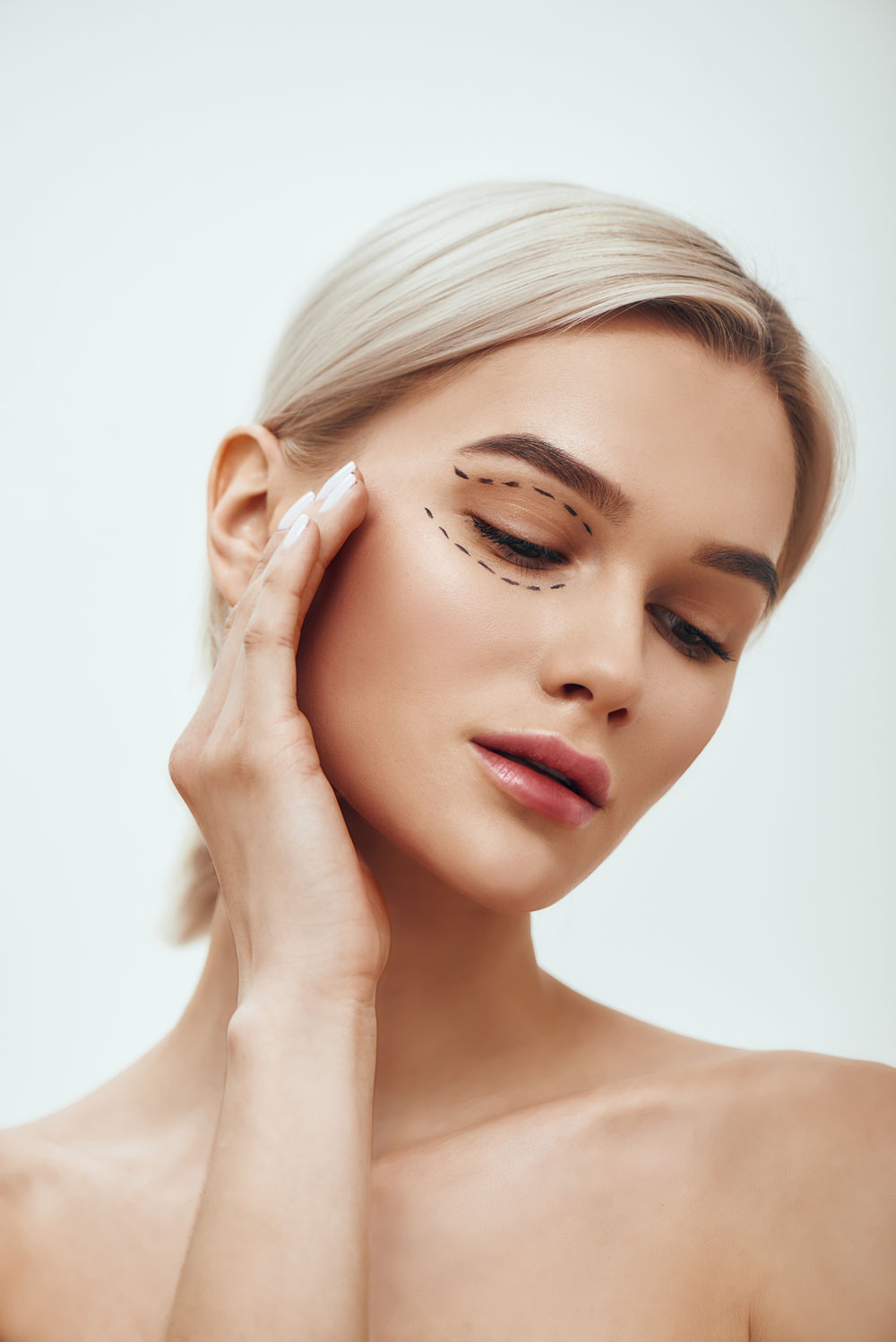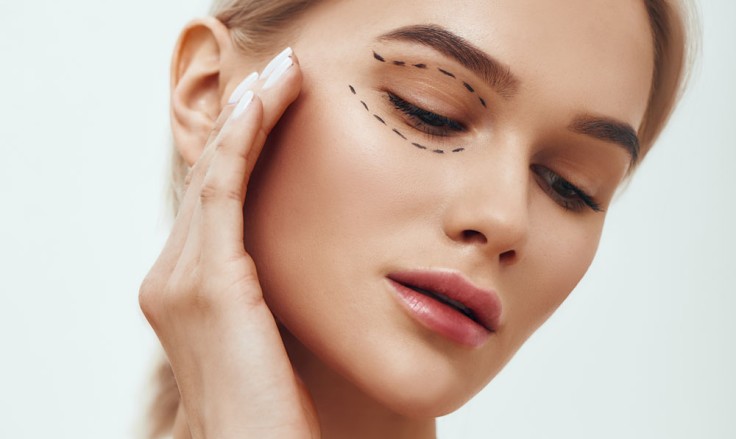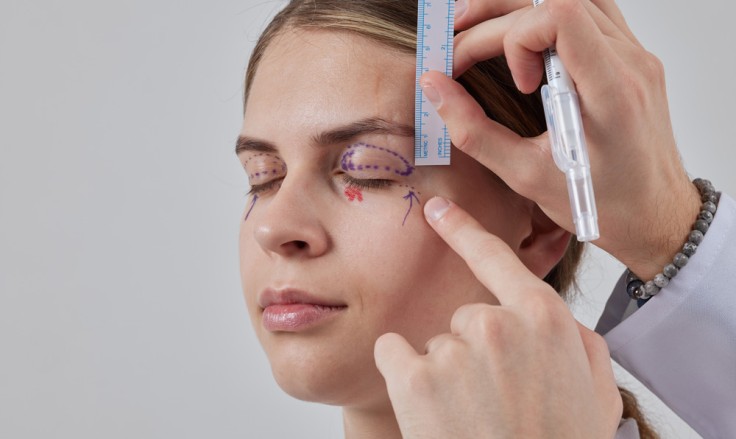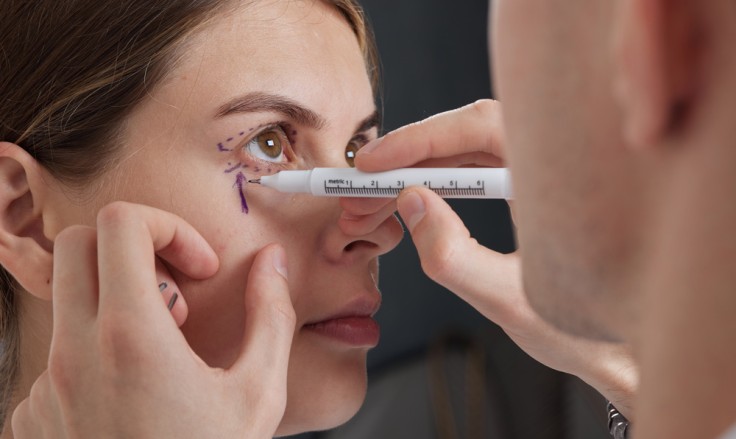Everything You Need to Know About Blepharoplasty
Introduction
Blepharoplasty is commonly known as eyelid surgery. It is a procedure aimed at enhancing issues with the eyelids' appearance. This includes droopy eyelids, hooded eyes, under-eye bags, and wrinkles. These issues often begin with age, as muscles weaken and skin stretches. It can address upper and lower eyelid issues, offering cosmetic and functional benefits. It is ideal for patients looking to improve their vision or rejuvenate their face. Read on to understand blepharoplasty further.
What is Blepharoplasty?
Blepharoplasty, or eyelid surgery, corrects issues like drooping lids and under-eye bags. It involves removing excess skin, muscle, or fat to rejuvenate the surrounding eye area. This surgery can be performed on upper lids, lower lids, or both. The goal is to offer a more rested and alert appearance. Often, it's not just about looking better. It is also about improving peripheral vision obscured by sagging eyelids. This procedure is popular among adults seeking cosmetic and functional improvements.
Benefits of Blepharoplasty
- Blepharoplasty enhances visual appearance by removing droopy eyelids. It can remove puffiness, and can eliminate under-eye bags
- It reduces under-eye bags, making one look more rested
- It also smoothens the transition between the lower eyelid and the cheek
- The procedure can improve peripheral vision obstructed by sagging skin.
- Many patients report feeling more confident post-surgery
Who Needs Blepharoplasty?
Individuals with droopy eyelids that impair vision are prime candidates. Those seeking to reduce under-eye bags for a younger look may also benefit. It suits people with healthy facial muscles and tissue, aiming for cosmetic improvement. Ideal candidates are non-smokers in good overall health. Age isn't a primary factor; outcomes depend more on specific eyelid conditions. It's best for those who have realistic expectations about the surgery's outcomes.
The Procedure Explained
- Consultation and Planning: A detailed discussion with your surgeon will determine the approach and goals.
- Anaesthesia: Administered for comfort during the surgical procedure.
- Surgery: Involves incisions along the eyelid's natural lines, through which corrections are made.
- Closing the Incisions: Using sutures, skin adhesives, or surgical tape.
Recovery and Aftercare
Recovery time varies. Post-surgery, patients may experience swelling, bruising, and mild discomfort. Ice packs can reduce swelling and bruising effectively. Avoiding strenuous activities helps in a smoother recovery. Follow the surgeon's instructions on cleaning the eye area and using prescribed ointments. Dry eyes can be alleviated with eye drops if recommended by your surgeon. Stitches are typically removed after one week. Most return to work within 10 to 14 days. Full recovery and final results might take several weeks. Regular follow-up visits ensure proper healing.
Why Choose Blepharoplasty?
Many opt for blepharoplasty for aesthetic reasons, as it offers a rejuvenated facial appearance. It specifically targets and resolves sagging eyelids and under-eye bags. Others seek to improve vision obstructed by drooping eyelids. Patients often report enhanced self-confidence following the procedure. It provides a lasting solution compared to temporary non-surgical treatments. The results are natural-looking, subtly enhancing the face's overall look. This procedure also has a relatively quick recovery period, offering benefits without extensive downtime.
Conclusion
Blepharoplasty offers both functional and cosmetic improvements, making it a popular choice for those looking to rejuvenate their appearance or enhance their vision. Choosing a qualified surgeon and following pre- and post-operative instructions are key to successful outcomes. For more information on Blepharoplasty, please visit ACIBADEM Beauty Centre webpage.

